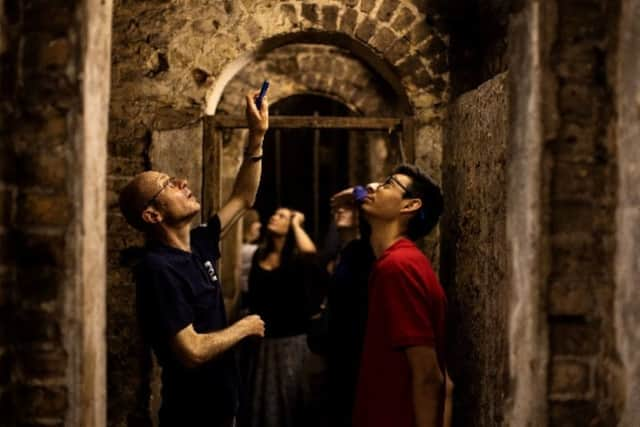July 8, 2023
SACRAMENTO (AP) – Some of the nation’s largest truck makers on Thursday pledged to stop selling new gas-powered vehicles in California by the middle of the next decade, part of an agreement with state regulators aimed at preventing lawsuits that threatened to delay or block the state’s emission standards.
California is trying to rid itself of fossil fuels, passing new rules in recent years to phase out gas-powered cars, trucks, trains and lawn equipment in the nation’s most populous state.
It will take years before all of those rules fully take effect. But already some industries are pushing back. Last month, the railroad industry sued the California Air Resources Board to block new rules that would ban older locomotives and require companies to purchase zero-emission equipment.
Thursday’s announcement means lawsuits are less likely to delay similar rules for the trucking industry. The companies agreed to follow California’s rules, which include banning the sale of new gas-powered trucks by 2036. In the meantime, California regulators agreed to loosen some of their emission standards for diesel trucks. The state agreed to use the federal emission standard starting in 2027, which is lower than what the California rules would have been.
California regulators also agreed to let these companies continue to sell more older diesel engines over the next three years, but only if they also sell zero-emission vehicles to offset the emissions from those older trucks.
The agreement also clears the way for other states to adopt California’s same standards without worrying about whether the rules would be upheld in court, said executive officer of the California Air Resources Board Steven Cliff. That means more trucks nationally would follow these rules. Cliff said about 60 per cent of the truck vehicle miles travelled in California come from trucks that arrive from other states.
“I think that this sets the stage for a national framework for zero emission trucks,” Cliff said.
“It’s a really stringent California-only rule, or a slightly less stringent national rule. We still win in the national scenario.”
The agreement includes some of the largest truck makers in the world, including Cummins Inc, Daimler Truck North America, Ford Motor Company, General Motors Company, Hino Motors Limited Inc, Isuzu Technical Center of American Inc, Navistar Inc, Paccar Inc, Stellantis NV, and Volvo Group North America. The agreement also includes the Truck and Engine Manufacturing Association.
“This agreement enables the regulatory certainty we all need to prepare for a future which will include ever increasing volumes of low and zero-emissions technologies,” said director of product certification and compliance for Navistar Michael Noonan.
Heavy-duty trucks like big rigs and buses use diesel engines, which are more powerful than gasoline engines but also produce much more pollution. California has lots of these trucks that ferry freight to and from the ports of Los Angeles and Long Beach, two of the busiest ports in the world.
While these trucks make up three per cent of vehicles on the road, they account for more than half of nitrogen oxides and fine particle diesel pollution, according to the California Air Resources board. It’s had a big impact on California cities. Of the top 10 most ozone-polluted cities in the United States (US), six are in California, according to the American Lung Association.
Mariela Ruacho, clean air advocacy manager for the American Lung Association, said the agreement is “great news” that “shows California is a leader when it comes to clean air.” But Ruacho said she wants to know how the agreement will change estimates of health benefits for Californians.
The rules regulators adopted in April included an estimated USD26.6 billion in healthcare savings from fewer asthma attacks, emergency room visits and other respiratory illnesses.
“We really want to see an analysis of what if any emission loss would be and what that means for health benefits,” she said.
Cliff said regulators are working to update those health estimates. But he noted those estimates were based on banning the sale of new gas-powered trucks by 2036 – a rule that is still in place.
“We’re getting all the benefits that would have been,” he said. “We’re essentially locking that in.”
California has reached similar agreements in the past. In 2019, four major automakers agreed to toughen standards for gas mileage and greenhouse gas emissions.













:quality(70)/cloudfront-eu-central-1.images.arcpublishing.com/thenational/GX6CK7BS5I3DYKI3XL6PSASM4A.jpg)
